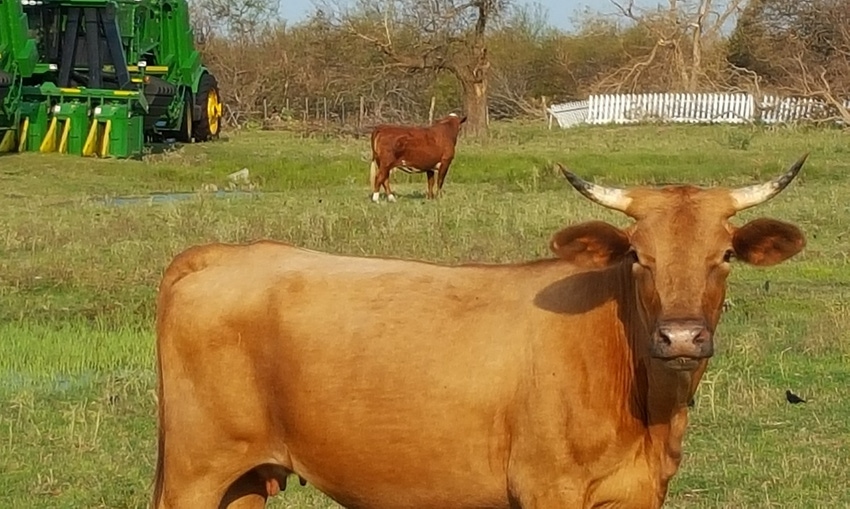
The status of many of the 1.2 million beef cows caught in the tempest of Hurricane Harvey remains uncertain, as flood waters, wreckage and impassable roads make accurate assessment impossible.
“Still a lot we don’t know,” says Jeremy Fuchs, Texas Southwestern Cattle Raisers media relations, Austin.
“A lot of roads are still impassable, so it has been difficult for the Texas Animal Health Commission (TAHC) to move assets into the area and get accurate numbers. We hope our efforts before the hurricane hit—encouraging ranchers to move animals to higher ground or further inland to avoid losses—made a difference. We don’t know yet.”
Fuchs says ranchers have begun to dig out a little this week. “We’ve had the TSCRA special rangers out trying to identify cattle and getting them to their rightful owners. The rangers are a huge asset in disaster situations.”
He adds that TSCRA “works hand in hand with TAHC and Texas A&M AgriLife Extension. Extension has set up animal supply points (ASP) for hay and feed donations and also emergency farm supplies.” Affected livestock producers will need fencing materials and other building materials, Fuchs says, as they gather animals and start securing them.
TSCRA has established a relief fund to aid in recovery, Fuchs notes. “It is important to get the South Texas cattle industry back up and running.” Contributions may be made at the fund website, http://tscra.org/relieffund/.
“We have seen a tremendous outpouring of support from cattle raisers across the country,” Fuchs says.
About the Author(s)
You May Also Like






